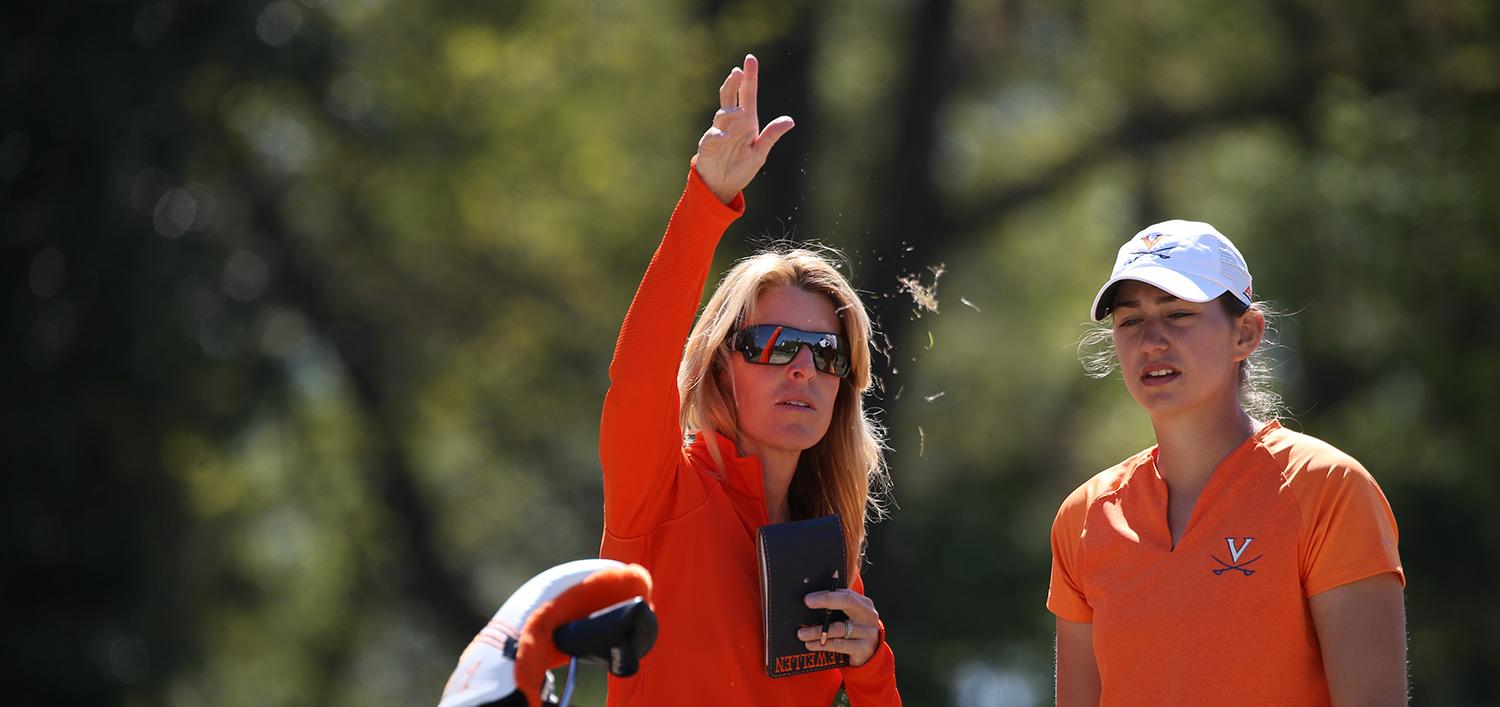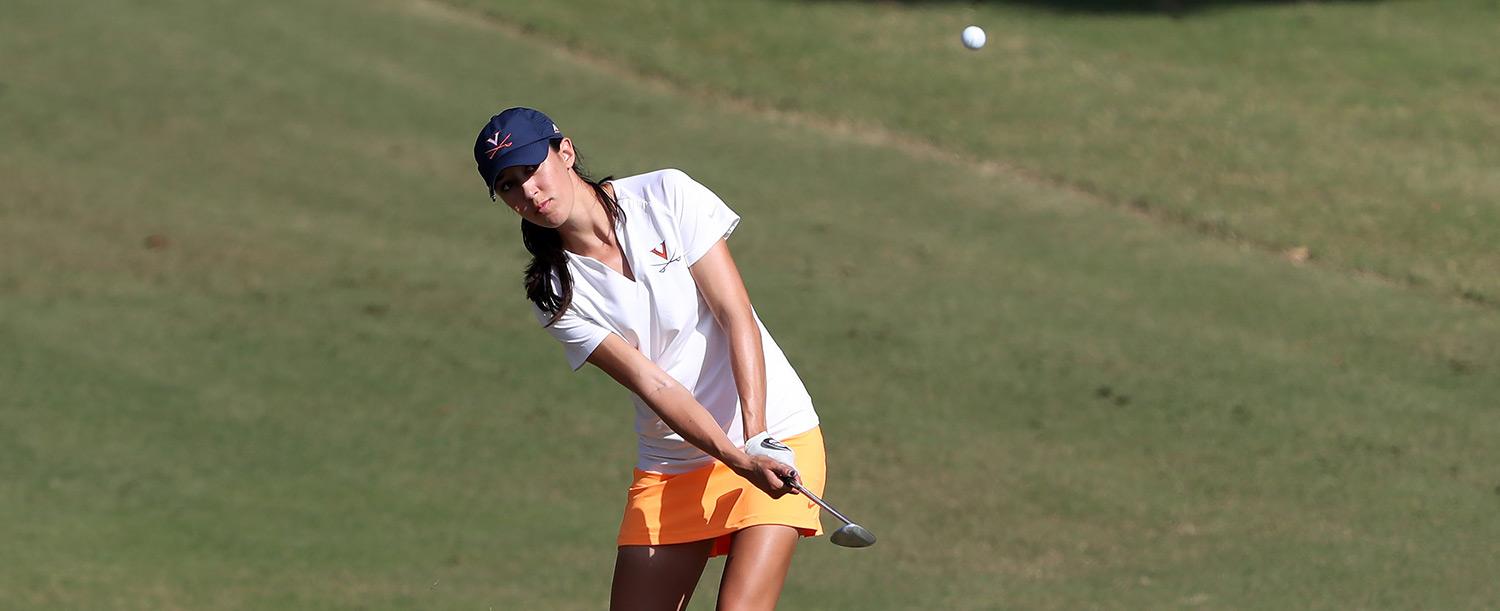
Know Your Distances
As Head Women’s Golf Coach at the University of Virginia, Kim Lewellen led her team to two ACC conference title victories over the last two years. Here, the three-time ACC Coach of the Year and an LPGA National Coach of the Year offers some sound advice on being realistic with your game. One key to success: control what you can control.

In women’s college golf we play both a fall and spring season. Typically, I don’t have an opportunity to watch my players play tournaments over their summer or winter breaks. So, I start each semester by watching them play a few rounds of golf. During this observation period last fall, I noticed that one of my players was consistently hitting her approach shots short of the pin and/or green. As you might imagine, this was having a significant impact on her score. Real birdie chances were few and far between. And on every hole, she was either chipping up or having to attempt a very long putt.

To remedy this problem, we first checked her yardages with each club. I grabbed a range finder ( your local golf professional will have one), paper and pencil, and along with five golf balls we headed out to an open hole on the course. I asked her how far she thought she hit each club, and we wrote that down. Then we got more specific. I asked her how far she thought she carried each club in the air, and how far she thought each ball rolled once it hit the green.
-“She improved four strokes on her first nine holes after we documented her true distances”
We wrote those answers down. Next, we put her numbers to the test by hitting five balls with each club and taking the measurements. We calculated total distance, carry distance, and the roll of the ball after it hit the green. (Carry distance is measured from the point of contact to the pitch mark in the green, and roll distance is the measurement between the pitch mark and where the ball comes to rest.) Here’s a sample of what we found with her 9 iron:

As you can see, there’s a considerable difference between how far she thought she hit the ball and the actual distance. In total distance there was an 8 yard disparity. This means she needs an extra club. By simply knowing the exact total distance for each club and choosing accordingly, she is able to get her ball closer to the hole. And by knowing how far each club carries in the air, she can judge, for example, whether she can fly her ball over a bunker or a particular ridge in the green—avoiding trouble.
After this exercise, she recorded carry, roll, and total distance for each club in a notebook. She keeps this in her golf bag and brings it out every round. Unsurprisingly, she improved four strokes on her first nine holes after we documented her true distances. Do you know how far you hit each club? Try this test and see if you’re right.
